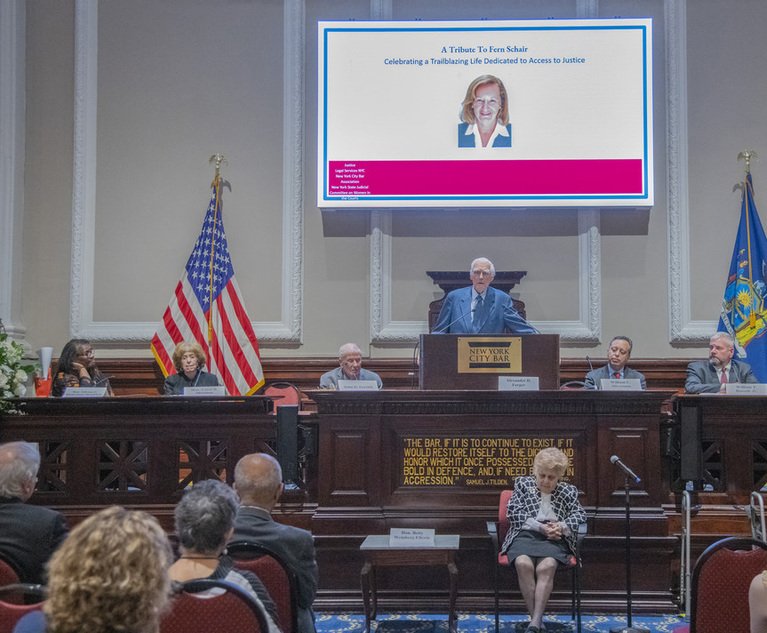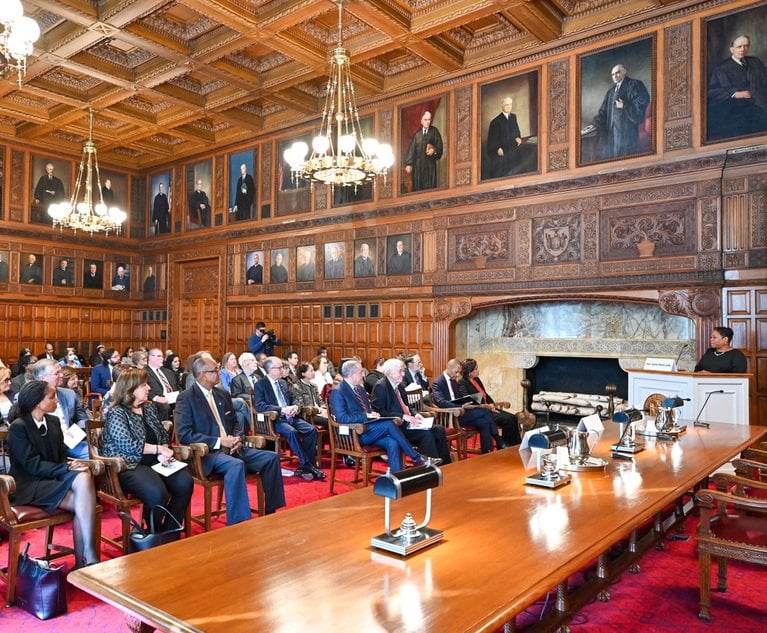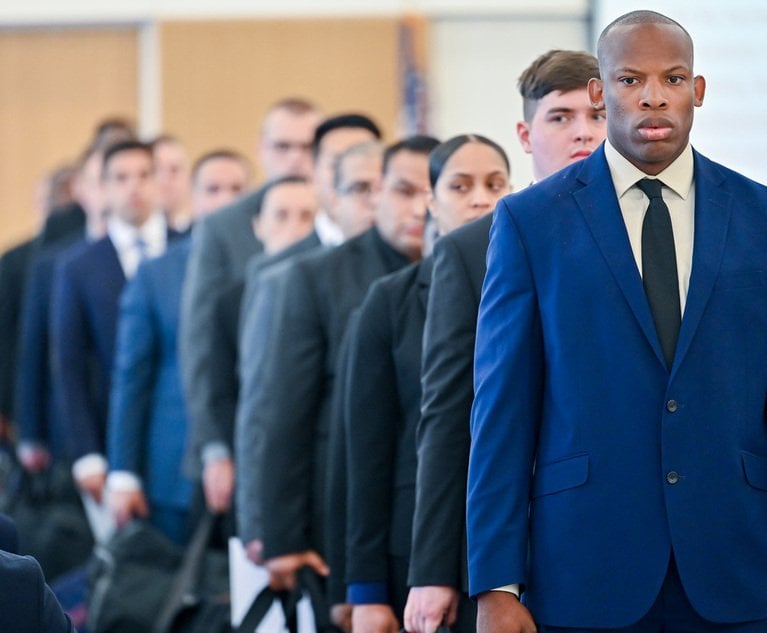What are some of your proudest achievements from the past year? We are particularly proud with the increased performance of our models and our ability to show that compliance practices can be constructed in a way to inform models. For example, models to predict which third-party vendors interface with governments have improved from 4-5% accuracy to over 80% accuracy in many jurisdictions. Models to predict graft and evasion of controls also likely experienced over 20-times improvement in the three years that the program has been running. The project has dramatically reduced investigation costs and provided insights into compliance risks that allow for the effective prioritization of resources.
What, if any, obstacles stood in the way of your innovation, and how did you overcome them? A key challenge was the lack of diversification of skill sets across the ABI compliance team. We has to rebuild our team to combine our need for high quality legal skill, with global acumen, and technological acuity. It is relatively easy to find talent that meets one of these three criteria, but difficult to find people that fit all three. We also had to work on training teams around the world on how to use the systems, as well as how to apply them to solve problems that they were used to solving in a wholly different way. Part of the challenge rested with the global team. We were not just providing advice, but providing software—so we had to change a lot of our ways of working to develop a software in a more agile, user-focused manner.


 Matthew Galvin
Matthew Galvin





